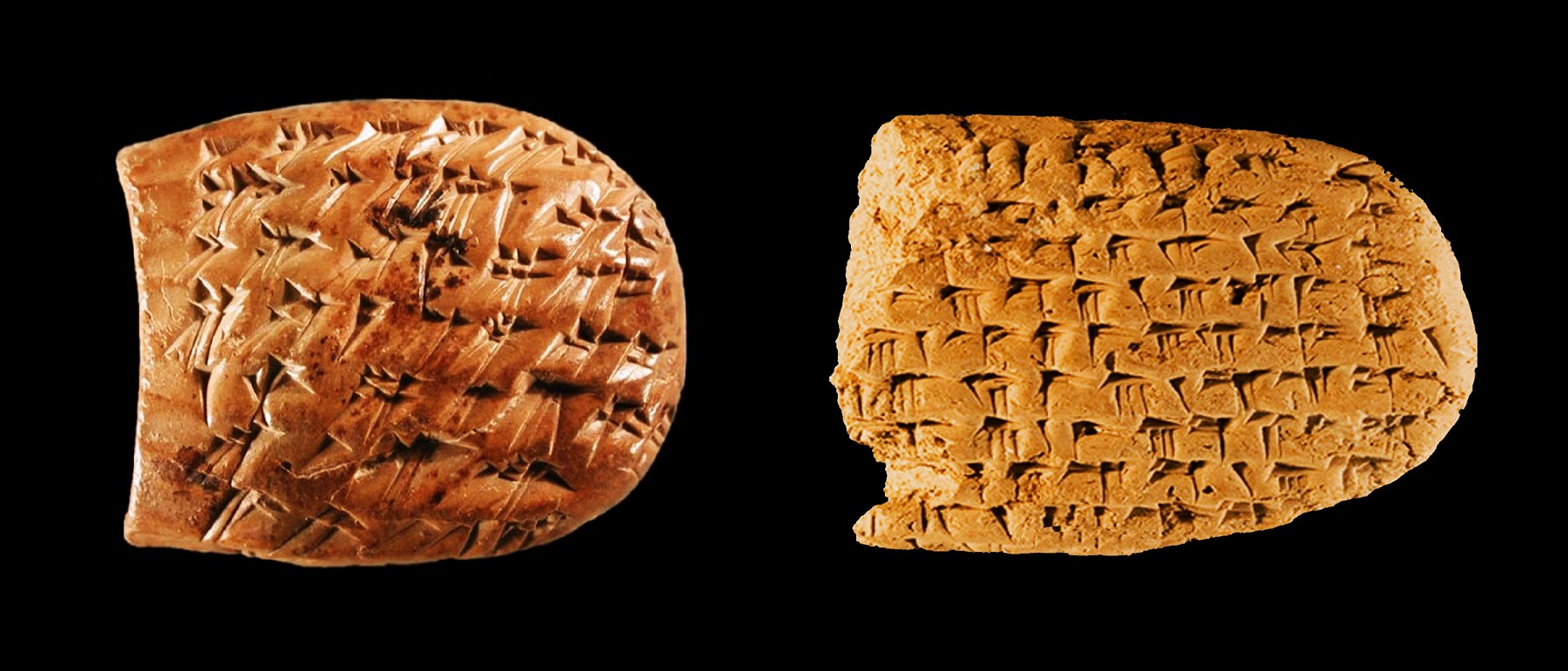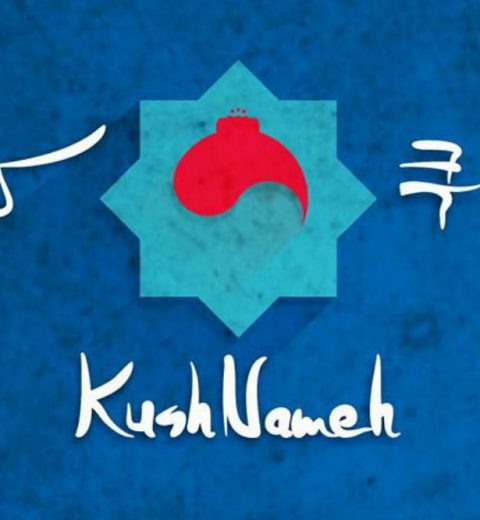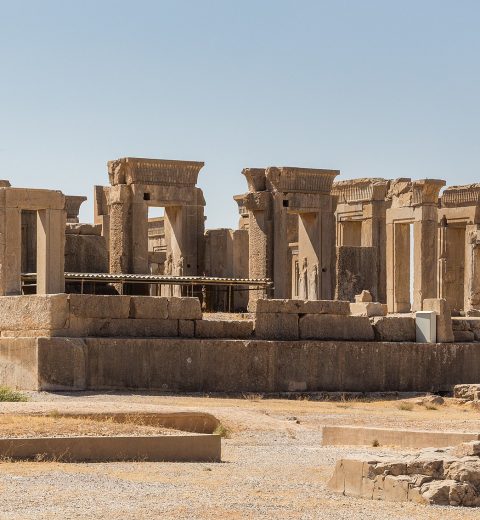According to new findings from the fortifications and treasures of Persepolis, Achaemenid workers received their wages in silver.
Continuing the plan of documenting, organizing, and studying the Persepolis tablets, this time Soheil Delshad (consultant of the linguistics and inscriptions department) has examined the clay tablets of the Persepolis treasury. This collection has been prepared by Hormoz Emami and Hamid Fadai.
According to Delshad, in this section, 33 tablets from the treasury and the fort of Persepolis have been examined. A total of 28 tablets from the treasury and 4 tablets from the fort’s archive have been examined. Most of these tablets are in Elamite script and are kept in the Persepolis Museum.
He pointed out that the fortification arch tablets in the northeastern part of Takhtagah were found in the fortifications of Persepolis, he said: Is. The last recorded document is from 493 BC. In general, fortification archives are documents related to the audit and management and registration of administrative and economic transactions in the region where Persepolis is the center. Most of the products produced in this region include grain, livestock, and other agricultural products.
According to Delshad, most of the treasury tablets were found in the treasury mansion during excavations by the Schmidt-led Oriental Studies Institute. Subsequent excavations after the Institute of Oriental Studies also uncovered a number of other tablets. In total, we have more than 210 complete tablets and about 700 pieces from the archives of the Persepolis treasury, which date back to the late reign of Darius I, Xerxes, and his son Ardashir I. The oldest date of the treasury tablets dates back to 492 BC, which shows a one-year interval from the last date recorded in the Persepolis Fortress Archive. The last date identified so far in the Persepolis treasury tablets is related to 457 BC and the reign of Ardashir I. The general content of the Elamite documents of the treasury archives is related to the payment licenses to the Achaemenid workers. Part of the rations of the workers involved in various construction projects in Persepolis and the surrounding areas are paid in silver for cereals, livestock, and agricultural products, or all of their rations are paid in silver.
The consultant of the Department of Linguistics and Inscriptions continued: The recipients of the letters are generally the treasurers of Persepolis, so far we have identified the names of four people as treasurers who can be identified as the treasurer of gamers or the treasurer of Persepolis. In the Elamite tablets of the treasury, 11 different seals have been identified so far, which were generally stamped on the left side of the tablets related to the rights of the Achaemenid workers. One of the most famous seals is that of a person named Zishvish, whose seal has also been seen in the Persepolis Fortress Archive.
Regarding the first reading of the tablets, he said: The first tablet to be read contains the Achaemenid Elamite script and language. To its left is the role and effect of a seal from which it is washed. Of course, the full role of the seal does not remain and only the center of the seal remains. At the top and bottom-right edge of the tablet are two holes that indicate the passage of a string, which seems to be connected to another document with a string, which was probably the smooth line of this document. All four sides of this tablet are written. A total of 21 lines are written on it. Like the rest of the treasury tablets, it contains a text of the payment of the wages of the Achaemenid workers in silver. The silver was paid from the king’s treasury, and the men to whom the payments were made were described in terms of masonry and possibly plaster. A total of 136 people have been paid. In fact, by reading a few lines of the tablets obtained, we obtain a lot of valuable information from the Achaemenid period.





